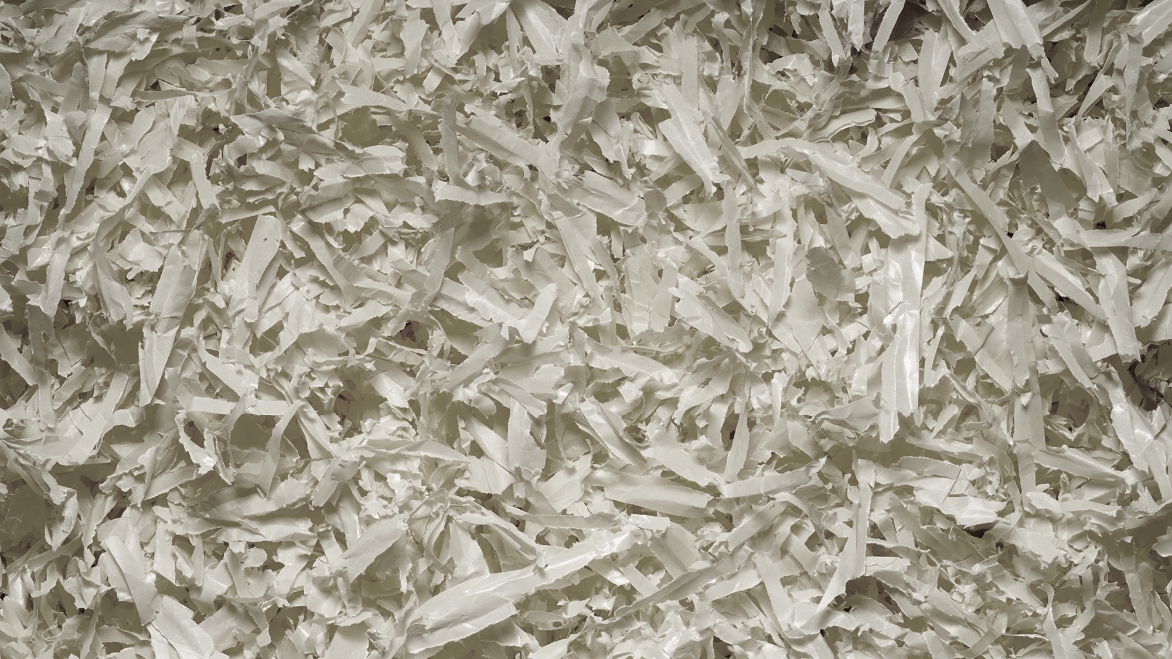With paper shortages a growing concern, there is added pressure on the packaging industry to innovate around recycling, optimize resource-use and minimize waste. As a result, the state-of-play is evolving rapidly, with a circular mindset now emerging, says Niels Christian Schou, Director Marketing Programs at Avery Dennison:
“We are witnessing a significant increase in awareness across the entire ecosystem, with circularity moving from a nice-to-have to a must-have. The European Green Deal and Fit for 55 package are going to be game changers for the industry, leading to many brand owners realizing that it is now becoming mandatory to act, and act responsible.”
Policy and regulation are not the only drivers for brand owners, however, adds Schou:
“Recent supply-chain disruption illustrated to all partners in the value chain that we have to recycle, reuse and reduce as much as possible. In addition, consumers and mainstream media are also now calling for solutions on the packaging waste topic.”
In response, the packaging industry needs to move forward at speed and scale — and the only way this can realistically happen is through collaboration.
Therefore, Avery Dennison felt motivated and obligated to find innovative solutions that work — being easy, affordable and supplier neutral, so they can be rolled-out industry-wide.







